A team led by Wubin Bai developed a novel wearable sensor patch that provides a safe, real-time, less invasive and low-cost way to track a patient’s recovery.
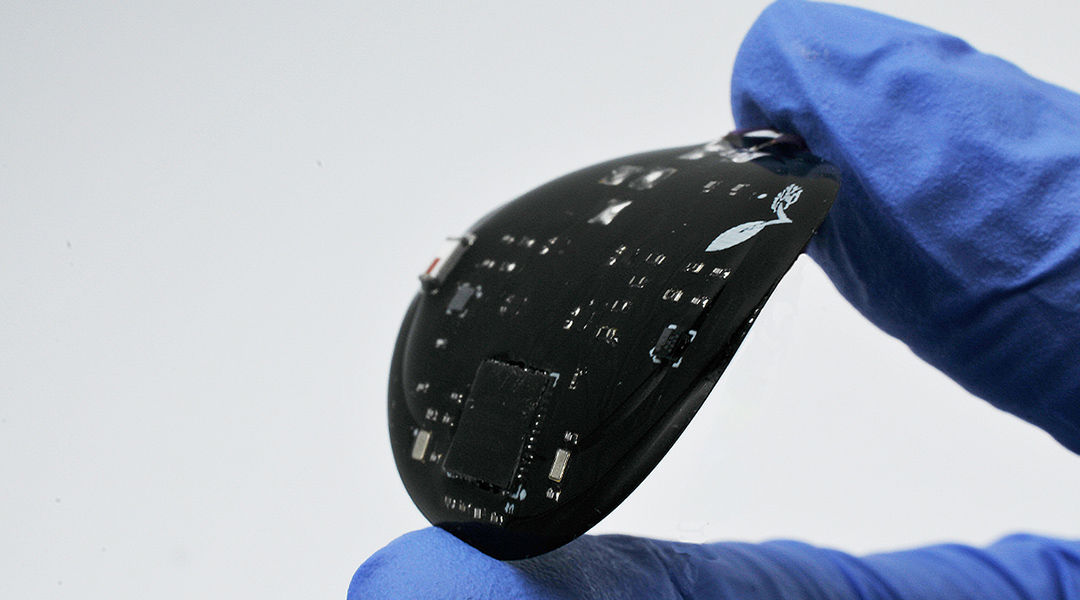

A team led by Wubin Bai developed a novel wearable sensor patch that provides a safe, real-time, less invasive and low-cost way to track a patient’s recovery.

Researchers demonstrate learning behaviour in a solid-state device that is entirely controlled by electrical stimuli.
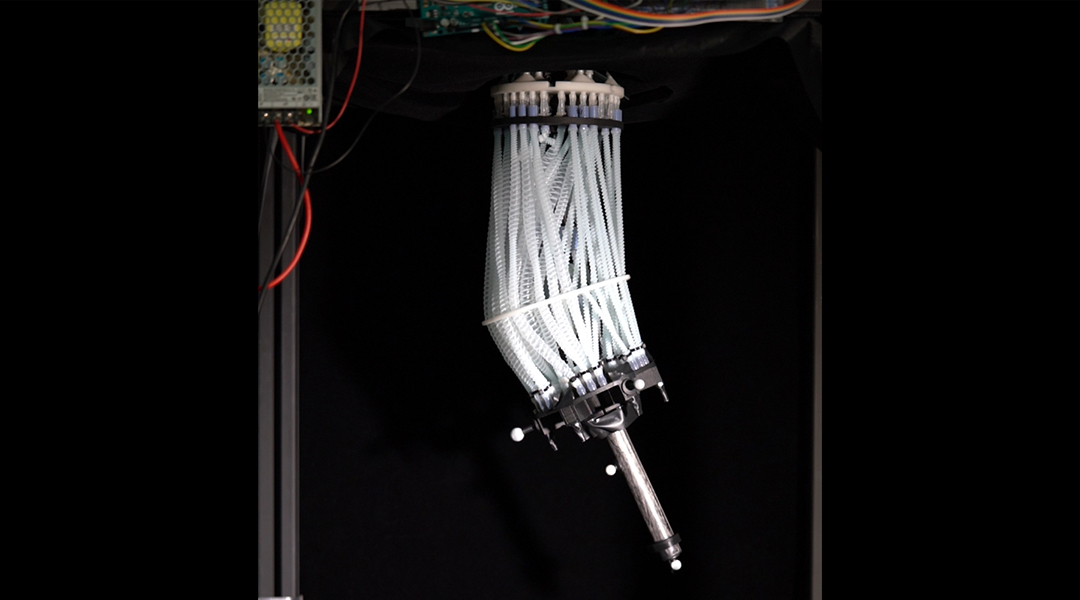
Using soft materials, researchers have developed a robot arm that mimics the rotational movement and structure of the shoulder.

A novel recycling process recovers valuable rare earth elements from scrap, minimizing the need for harmful mining operations.
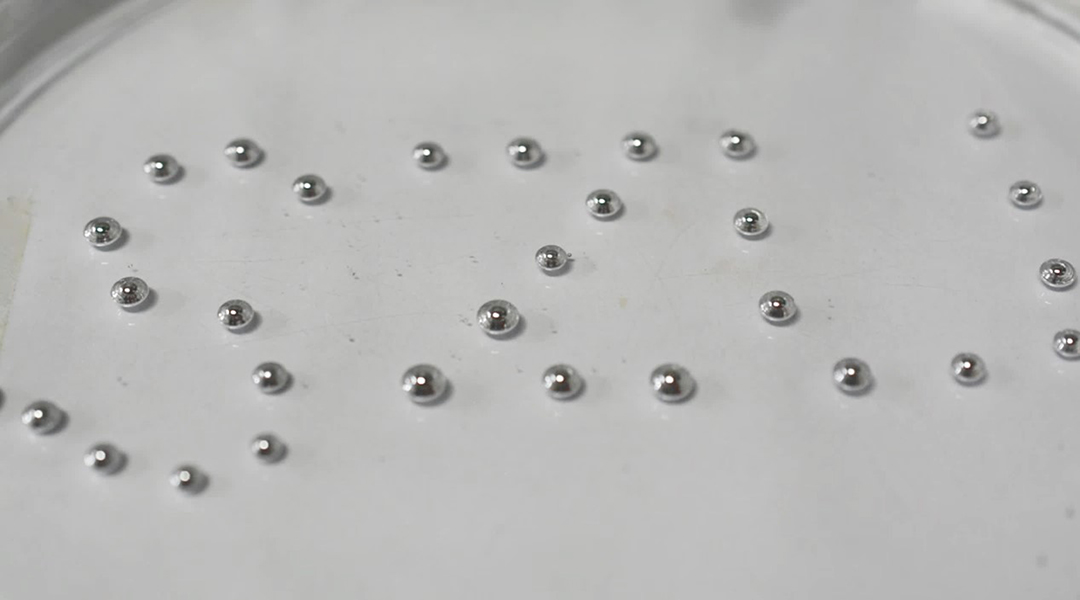
Researchers leech off the natural world to develop dynamic liquid metal robots for electrical circuits.
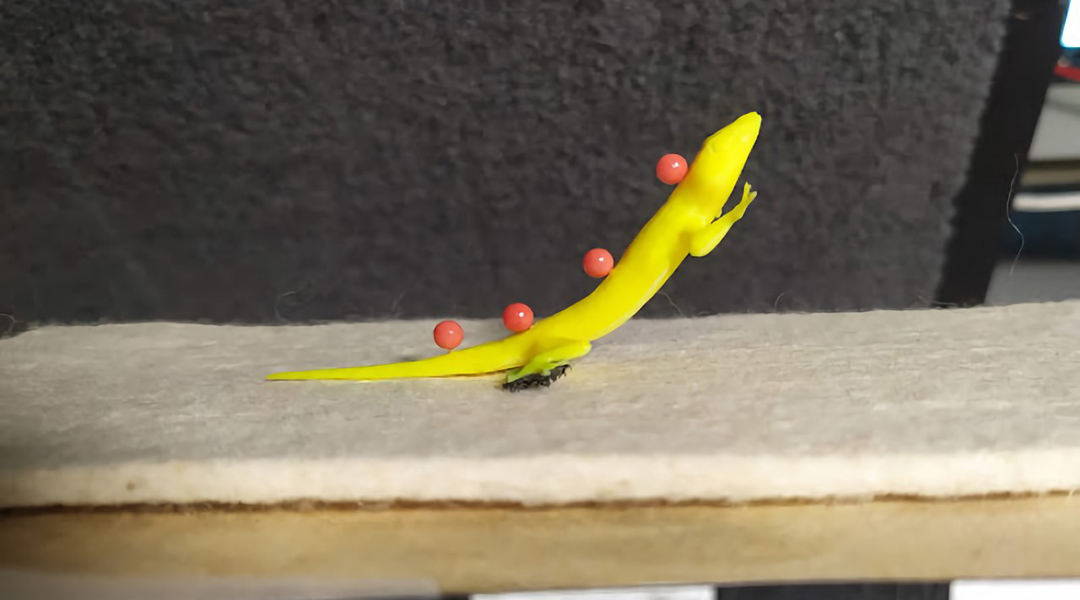
Insights gained from the hard landings of tree-climbing geckos leads to better and controlled perching in robotic aerial vehicles.

A conductive, cellulose-based nanopaper allows researchers to print paper electronics without needing expensive microfabrication techniques.
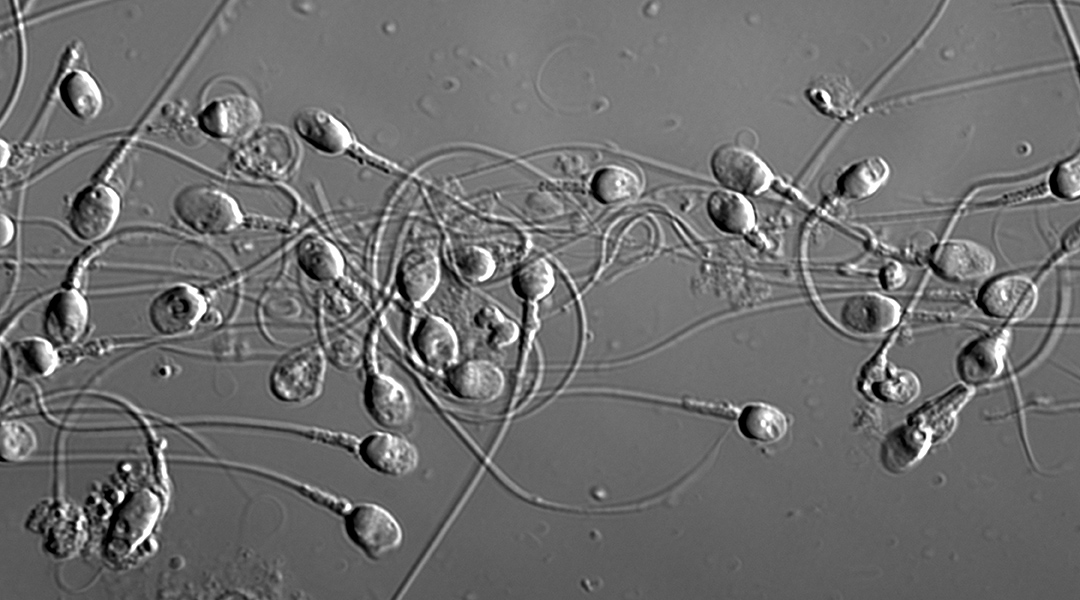
To help improve the success rates of fertility treatments, scientists are turning to AI to help standardize the sperm selection process.

Scientists hope that a new machine learning algorithm could one day be used to automate the discovery of new physical laws.
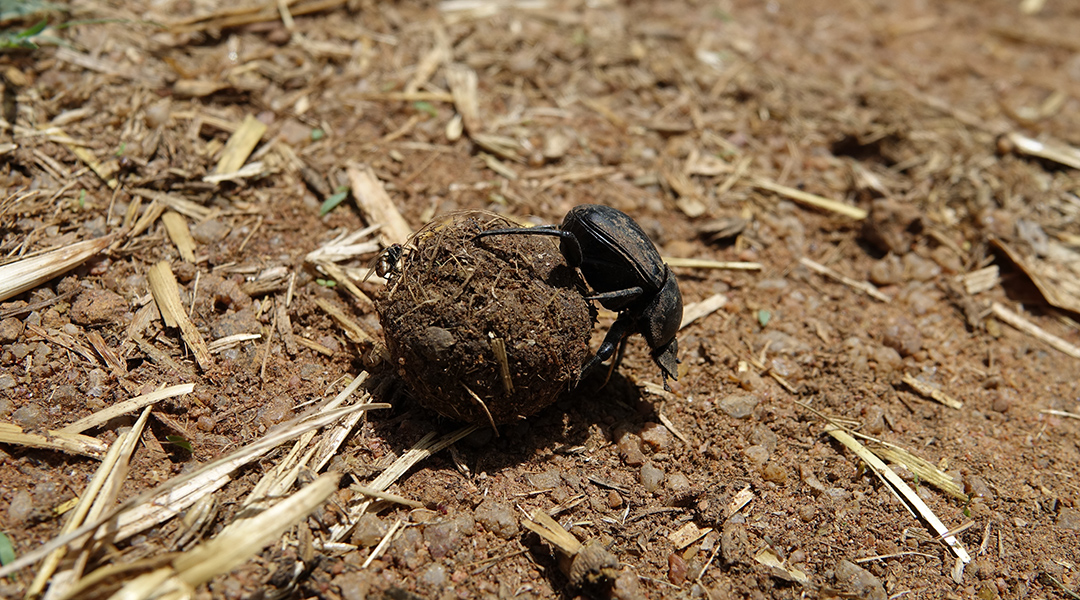
A numerical model helps scientists understand how particularities of different terrains affect the trajectory and behavior of dung beetles.